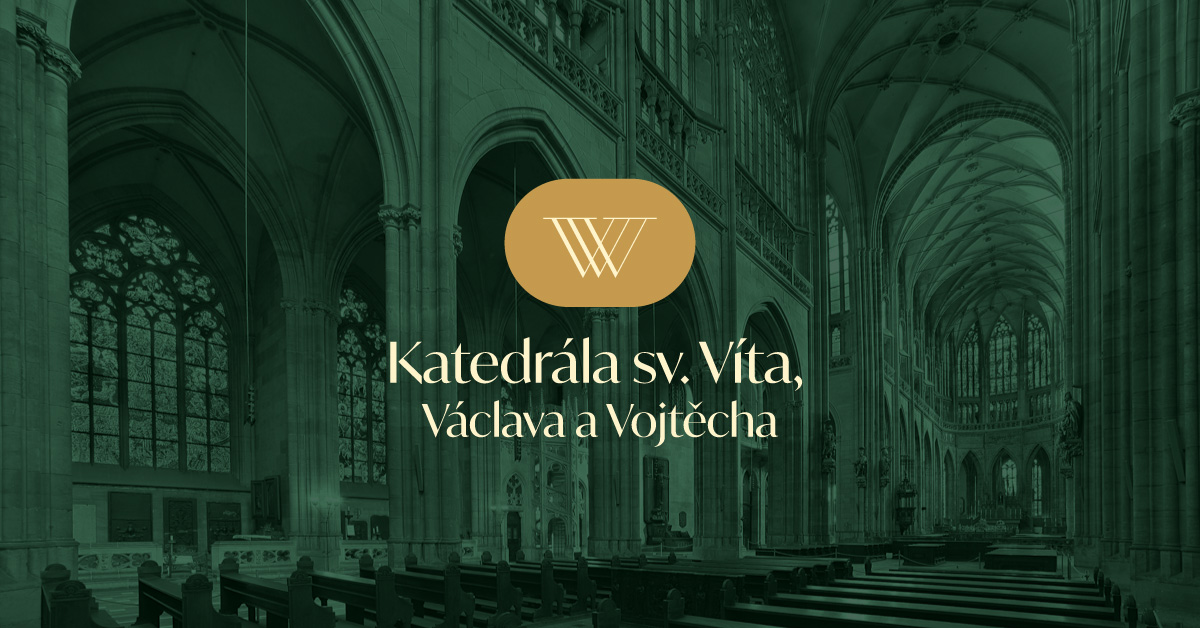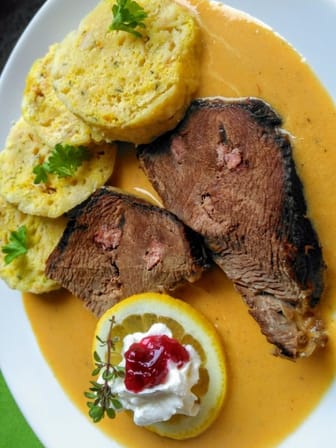3 Days in Prague: The Ultimate Guide to the City

Prague, the capital and largest city of the Czech Republic, is situated along the Vltava river and is inhabited by approximately 1.4 million people. The city stands as a key political, cultural, and economic center in central Europe, boasting a rich tapestry of history and architectural marvels spanning Romanesque, Gothic, Renaissance, and Baroque styles.
Once the capital of the Kingdom of Bohemia, it served as the residence for esteemed Holy Roman Emperors, notably Charles IV (1346–1378) and Rudolf II (1575–1611). Throughout history, Prague held significance within the Habsburg monarchy and the Austro-Hungarian Empire. It played crucial roles in pivotal events such as the Bohemian and Protestant Reformations, the Thirty Years' War, and in 20th-century narratives as the capital of Czechoslovakia between the World Wars and throughout the post-war Communist era.
Prague is home to a number of well-known cultural sights, many of which survived the devastation of 20th-century Europe. Moreover, the historic center of Prague has been included in the UNESCO list of World Heritage Sites in 1992.
The city's name is tied to the Czech word "práh," meaning a threshold, according to a legend, where Princess Libuše, prophetess and wife of the mythical founder of the Přemyslid dynasty, commanded the city to be constructed "where a man hews a threshold of his house."
📅Best time to visit Prague
In Prague, each season has its charm. In spring, you can admire the blossoming cherry trees in the Petřín Gardens. Summer invites you to partake in leisurely activities like paddle boating on the Vltava River or indulging in a picnic at Stromovka Park. Autumn welcomes cozy respites in cafés or theaters, as well as the stunning display of colorful foliage adorning the city's trees. Winter delights with the enchanting ambiance of Christmas markets. It doesn't really matter when you visit Prague, you will always leave with a fantastic impression. However, if you want to avoid crowds of tourists, the best time for visit is spring, autumn and early winter.
⛅ Weather in Prague
The climate in Prague is mild and highly diverse throughout the year. Enjoyable temperatures prevail from April to October, with the warmest period being from June to August. The average summer temperature in Prague is 24° C. There is circa 160 rainy days a year, with the highest frequency occurring from May to September. In December and January, when temperatures range from 1°-3° C, there is also a snow cover in Prague.
🕐 Recommended stay in Prague
Exploring Prague takes at least 3-5 days depending on your abilities to move and vacation style. To enjoy Prague to the fullest I recommend to stay from 5 to 7 days.
👫 People of Prague
As a melting pot of different backgrounds and perspectives, Prague attracts individuals from all walks of life, including artists, intellectuals, professionals, and students. This diversity contributes to the city's dynamic cultural scene, with an array of art galleries, theaters, music venues, and cafes catering to various tastes and interests.
Czech people in general are mostly distant and conservative, and it takes time to gain their trust. While we may not be renowned as the warmest nation, once we've gotten to know you and have found you to be trustworthy and reliable, our caring and hospitality truly shine through. Building relationships may take time, but eventually, they become very strong.
🗨️ Language
While Czech is the official language, many Praguers, especially those in the hospitality and tourism industries, speak English fluently, making communication easy for international visitors. Overall in the city of Prague, you can try to speak also German or Russian, many people had at least one of these languages at school. The locals are helpful, recognizing the challenges of the Czech language; therefore, they often opt to communicate with you in more commonly spoken international languages. However, trying to speak Czech with them often results in an instant smile on their resting b face :-)
🆘 Safety
Prague is generally considered a safe destination for tourists. Like any major city, it's important to exercise common sense and take basic precautions to ensure your safety, such as staying aware of your surroundings, avoiding poorly lit or deserted areas at night, and keeping your belongings secure - especially in underground or overcrowded places. Overall, Prague is known for its low crime rate and welcoming atmosphere for visitors.
☎️ Emergency numbers
In the Czech Republic, the emergency numbers are as follows:
🚔158 for police
🚑155 for medical emergencies
🚒150 for firefighters
These numbers are toll-free and can be dialed from any phone, including mobile phones, without the need for an area code. You can also use an international option: 112.
Ⓜ️ Means of Transport in Prague
Prague offers a variety of transportation options for getting around the city. Check out my guide dedicated to the transport in Prague:
🪙 Currency
The currency used in Prague, as well as the rest of the Czech Republic, is the Czech koruna (CZK), abbreviated as Kč. While some tourist-oriented businesses in Prague may accept euros, the official currency is the Czech koruna (CZK) and it's advisable to use the local currency for most transactions to avoid potentially unfavorable exchange rates or additional fees associated with currency conversion. It's recommended to exchange your currency for Czech koruna upon arrival in Prague. Where are the best spots to do so? Take a look at my Currency Exchange Handbook below!
Day 1
Discover the Heart of Historic Prague
Start your exploration by a great walk through the Prague's central part from the Prague Castle to Wenceslas Square. Following this direction ensures a pleasant stroll downhill. :-)

Let's start with Prague Castle, the unmistakable highlight of Prague's panorama and the most visited landmark in the Czech Republic. It is open to visitors year-round, allowing you to explore sights such as the Old Royal Palace, the Golden Lane with its row of picturesque cottages, the Prague Castle Picture Gallery, and St. Wenceslas Vineyard.
Functioning as the official residence and workplace of the president of the Czech Republic, Prague Castle holds a rich historical significance. Constructed in the 9th century, the castle has served as the seat of power for kings of Bohemia, Holy Roman emperors, and presidents of Czechoslovakia.
Recognized by the Guinness Book of Records as the largest ancient castle globally, Prague Castle sprawls over an impressive area of nearly 70,000 square meters (750,000 square feet), boasting a length of approximately 570 meters (1,870 feet) and an average width of around 130 meters (430 feet). Additionally, the Bohemian Crown Jewels are safeguarded within a concealed room within its walls.
Don't miss the opportunity to visit the majestic St. Vitus Cathedral within the Prague Castle complex, where you can admire stunning Gothic architecture and panoramic views of the city.
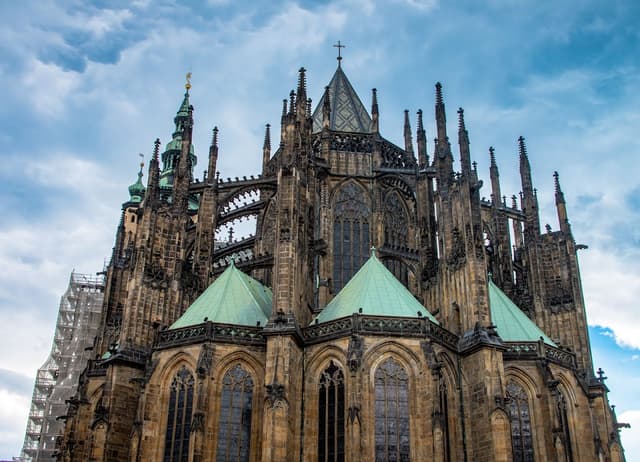
The ceremonial Changing of the Guard with fanfare takes place daily at 12:00 on the first courtyard. More information about the castle including entrance fees is on the website below.
To reach Prague Castle, you have a few options depending on your starting point. The best possible way is to take metro to Malostranska station (Line A) and then transfer to tram number 22 (direction Vypich or Bíla Hora), which will take you directly to Prague Castle (Pražský hrad).
The tram 22 is a convenient option if you're already in the city center. It passes through several popular areas and stops directly at Prague Castle. If you're staying in the city center, you can also walk, but be sure to wear comfortable shoes and plan for some uphill walking.
There is also a taxi or ride-sharing service as an available option. By inputting simply "Prague Castle" as your destination, your driver will take you there.
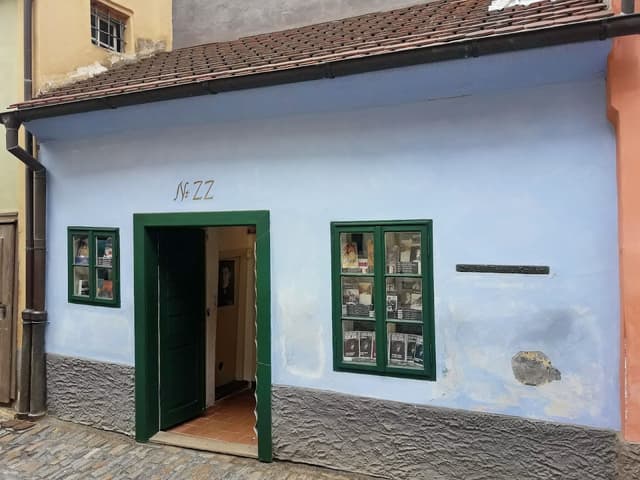

Decide how detailed your visit of the Prague Castle will be. The areal offers truly mesmerizing gems of medieval architecture and spectacular views of Prague.
Moving down from the Castle to Mala Strana, you can pass St. Nicolas Church, Čertovka or famous Lennon's Wall.

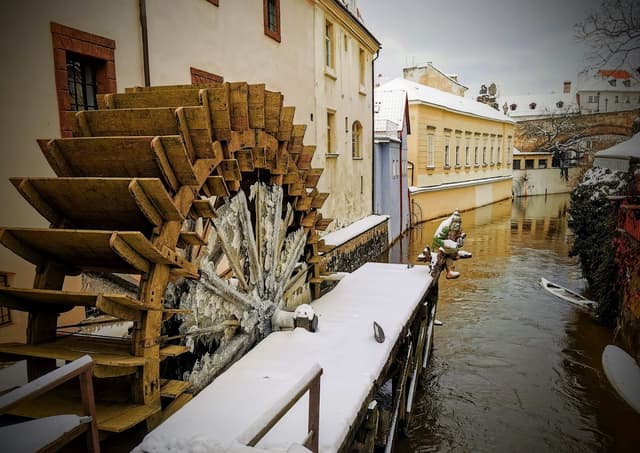
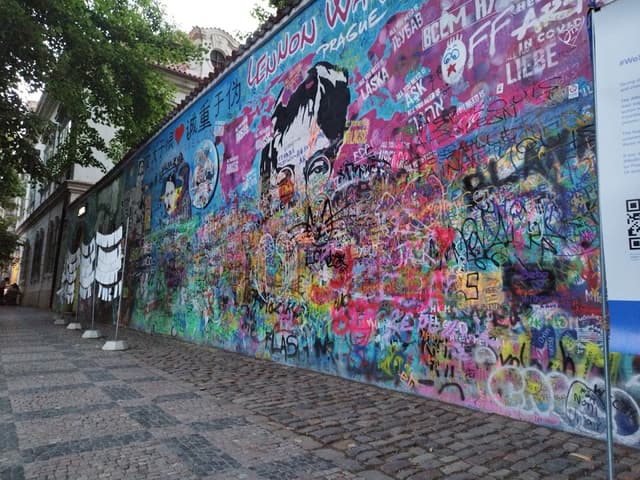

During our journey, we travel from Mala Strana to the Old Town, crossing the Vltava river via Charles Bridge.
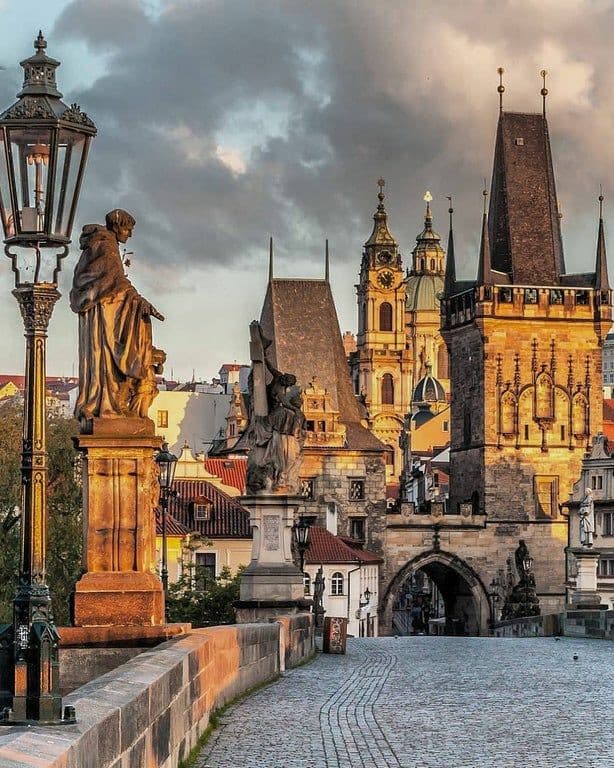
Charles Bridge is the oldest bridge over the Vltava River, adorned with statues of 30 saints, connecting the historic centers of Mala Strana and Old Town. In the afternoon, you'll encounter street artists here, and in the evening, it becomes a place full of romance. On one bank stands the Old Town Bridge Tower, which also serves as the gateway to Charles Bridge. It is possible to climb to the gallery after 138 steps. On the other side of the bridge stands the Mala Strana Bridge Tower. Construction of the bridge commenced in 1357 under the patronage of King Charles IV and was completed in the early 15th century.
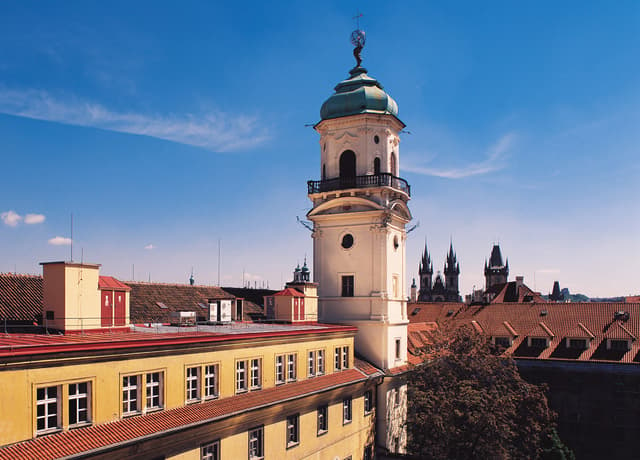
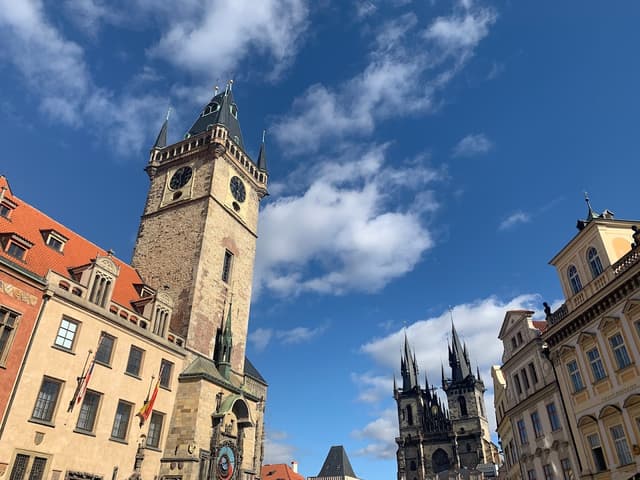
Old Town Square is a historic square in the Old Town quarter of Prague that is situated between Charles Bridge and Wenceslas Square.
The historic square features buildings such as the Gothic Church of Our Lady before Týn, the Baroque St. Nicholas Church or Prague Orloj mounted on the Old Town Hall.
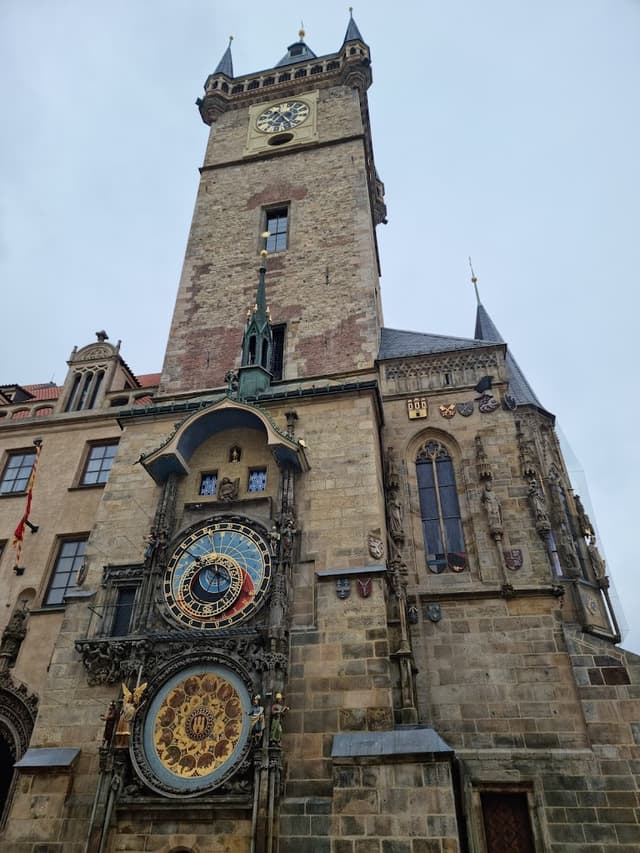
The Prague Orloj is a medieval astronomical clock dating back to 1410, making it the third-oldest in the world and still operational. The tower of the Old Town Hall is accessible to the public, offering panoramic views of the Old Town.
Every hour, the four figures surrounding the clock come to life, representing concepts frowned upon during the clock's creation. Starting from the left in the images, the first figure is Vanity, depicted as someone admiring themselves in a mirror. Following that is the miser, clutching a bag of gold symbolizing greed or usury. Opposite the clock stands Death, represented by a skeleton striking the hour. Lastly, there's a Turkish figure symbolizing lust and earthly pleasures.
At the stroke of each hour, the skeleton rings the bell, prompting all other figures to shake their heads side to side, indicating their unwillingness "to go." Furthermore, each hour, statues of the Twelve Apostles appear at the doorways above the clock. The windows on the left and right of the astronomical clock slide open to reveal the Apostles, visible from the square.
Legend has it that Master Hanuš was supposed to be the creator of the Prague Astronomical Clock, but the councilors of the Old Town Hall became afraid that Master Hanuš might build such a magnificent clock for another city, so they devised a cruel plan. In the night, attackers burst into Hanuš's house and blinded him with iron rods heated to a red glow in the hearth. Master Hanuš suspected that it was the plan of the councilors, so he asked his assistant to lead him to the inner part of the clock. He then placed his hand into the mechanism and stopped the clock. After that he passed away. Allegedly, for the next hundred years, no one was able to repair the clock due to its complexity.
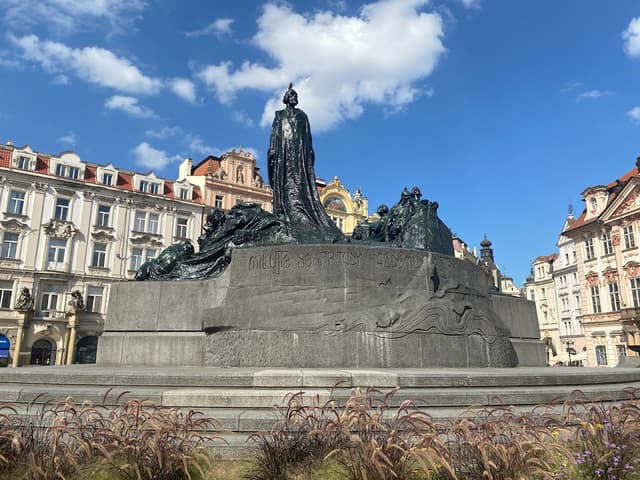
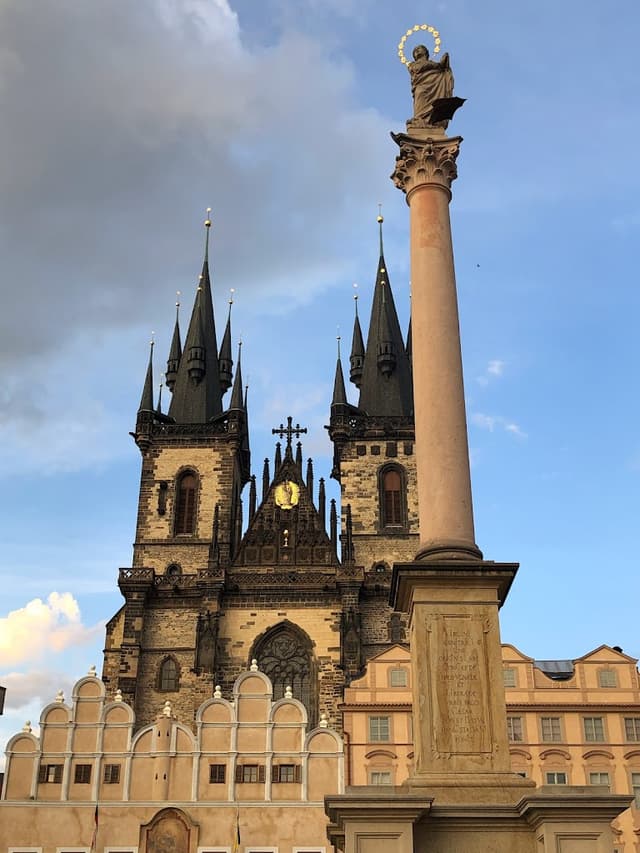
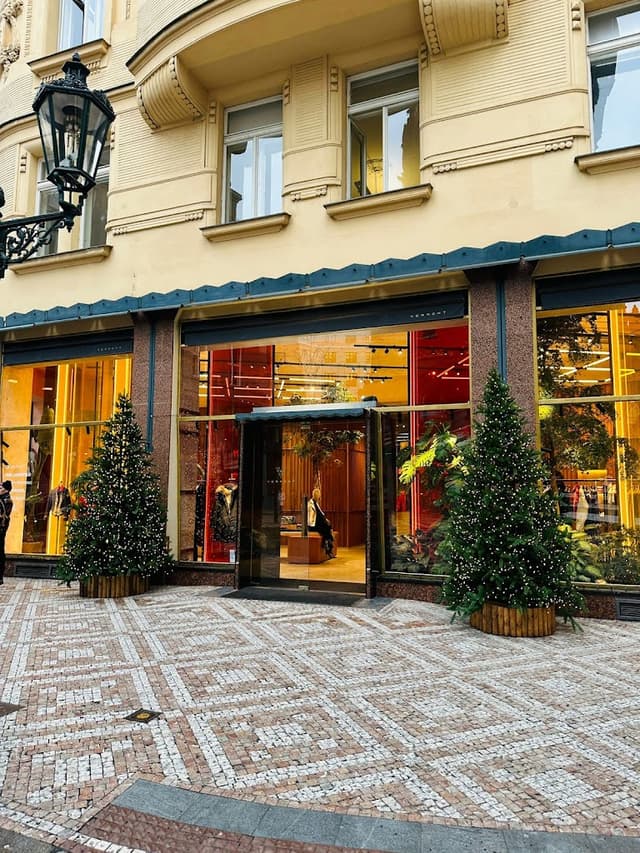
During Christmas markets resembling medieval ones are held on the square, featuring a tall decorated tree and a musical stage. The Christmas Markets in Old Town Square are the largest in the Czech Republic, drawing visitors from around the world. In 2016, CNN ranked Prague's Christmas Markets among the top 10 worldwide.
❗Please note that this location is among the most popular attractions in all of Prague, which means it also has a few tourist traps. I would advise against dining there, as the restaurants in the vicinity tend to charge exorbitant prices for mediocre food. Additionally, some of the street food vendors may offer nonsense options, so be cautious when making purchases.
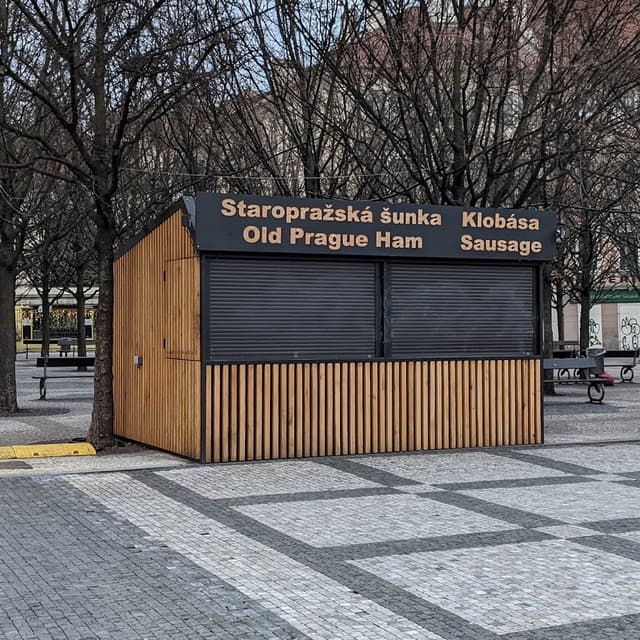
Even though this vendor might not be the biggest scammer in the planet, there still can be so called "tourist traps" in every destination you travel to. Let me guide you to avoid the biggest scams while traveling to Prague:
If you're looking for a place that offers good value for your money, consider trying one of these restaurants instead:
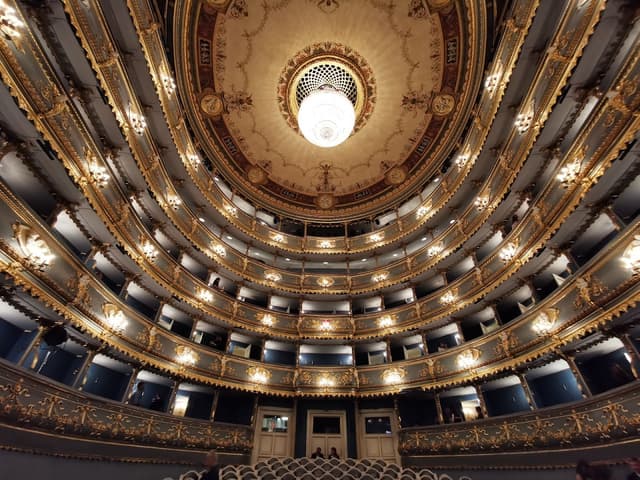
The Estates Theatre, in Czech Stavovské divadlo, is one of the oldest European theaters, which has been in continuous operation since 1783.
In the theater upon his arrival to Prague in 1787, Mozart himself performed and personally conducted his opera "The Marriage of Figaro" on January 20th, which had failed in Vienna. The enthusiasm of the people of Prague was immense. Touched by the warm reception, the composer decided to create a new opera for Prague. This became "Don Giovanni" which premiered on October 29th, 1787, once again conducted by Mozart himself. It was this opera, in particular, that brought fame to the theater, and Mozart's operas made the Estates Theatre known throughout the cultural world. Currently, it is the only theater still in existence where Mozart worked.

The heart of the New Town is Wenceslas Square with the statue of St. Wenceslas. The square is the city's commercial center and has been the site of many historical events; for example in 1989, during the Velvet Revolution, large demonstrations (with hundreds of thousands of people or more) were held here. The square is named after Saint Wenceslas, the patron saint of Bohemia. It is part of the historic center of Prague, a World Heritage Site.
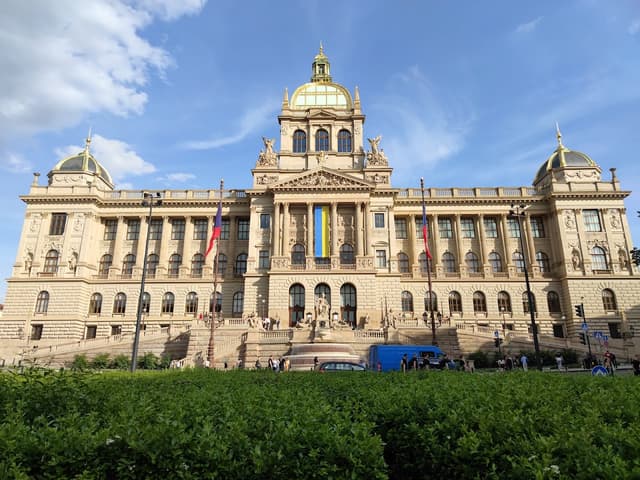
At the top of the square, there is the building of the National Museum. As the name suggests, we are currently directly above a Museum metro station, providing convenient access to anywhere you wish to go further. :-)
I believe this itinerary seems quite extensive for the first day. The duration of this walk typically ranges from 3 to 5 hours, depending on your pace and how many sights you choose to explore from the inside as well.
Day 2
Journey Through Prague's Icons
The second day we are going to explore some of the Prague's iconic landmarks. Your adventure begins at Karlovo Náměstí metro station, offering the perfect starting point.

The Dancing House (or Ginger and Fred) stands proudly on the Rašín Embankment. The building is originally named after the renowned dancers Ginger Rogers and Fred Astaire due to its resemblance to a pair of dancers.

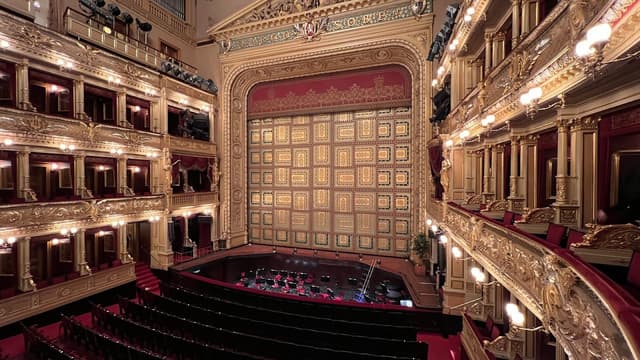
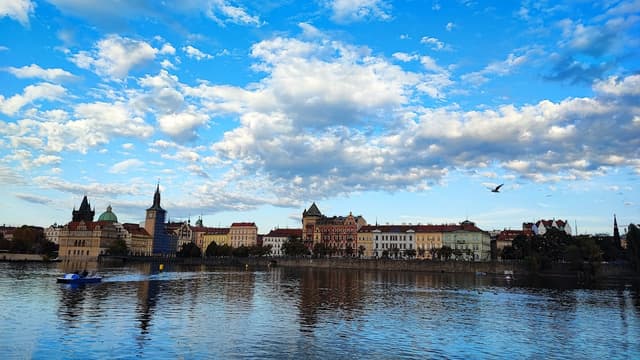
During summer I definitely recommend to visit this place. Střelecký island (Střelecký ostrov) welcomes you with a lovely place to chill by the water with mesmerizing views. I also highly recommend to consider pedal boat rental.
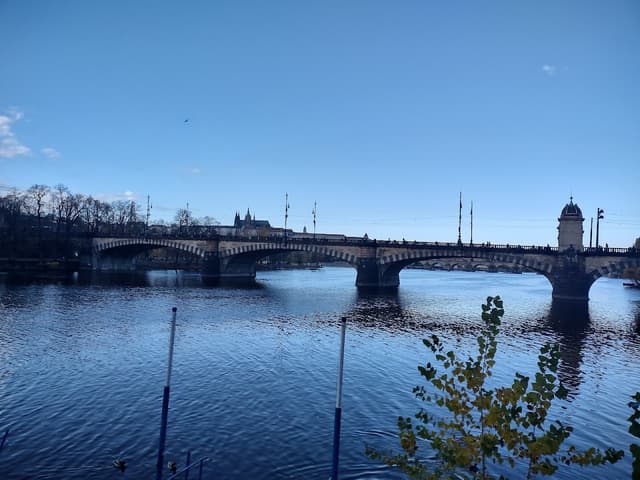
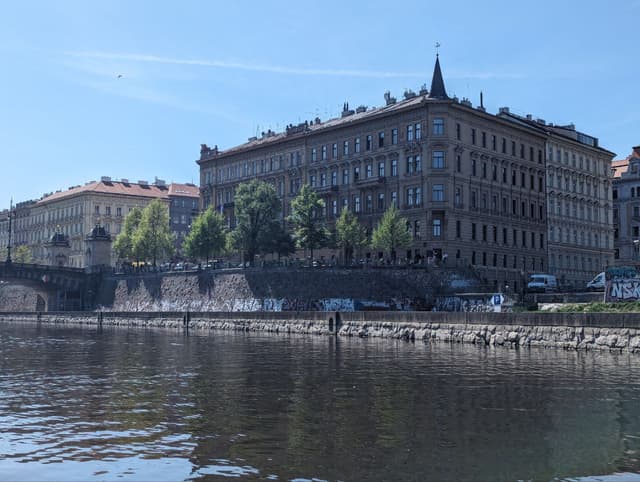
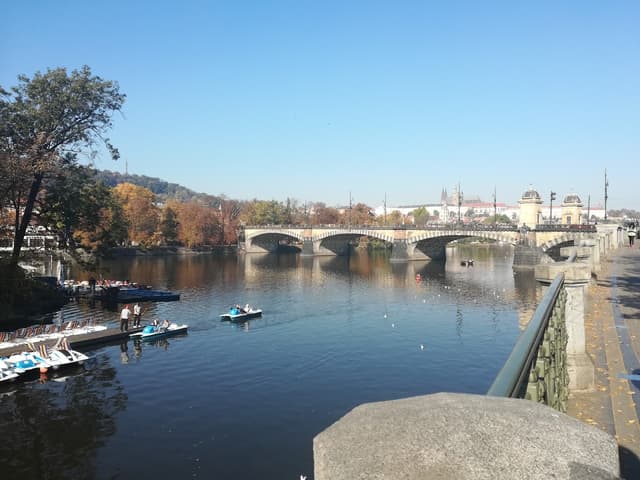
As we cross over to the opposite bank of the Vltava, our path leads us into the Petřín Gardens. One of the initial sights to see is a bronze sculpture depicting political prisoners from the communist era.
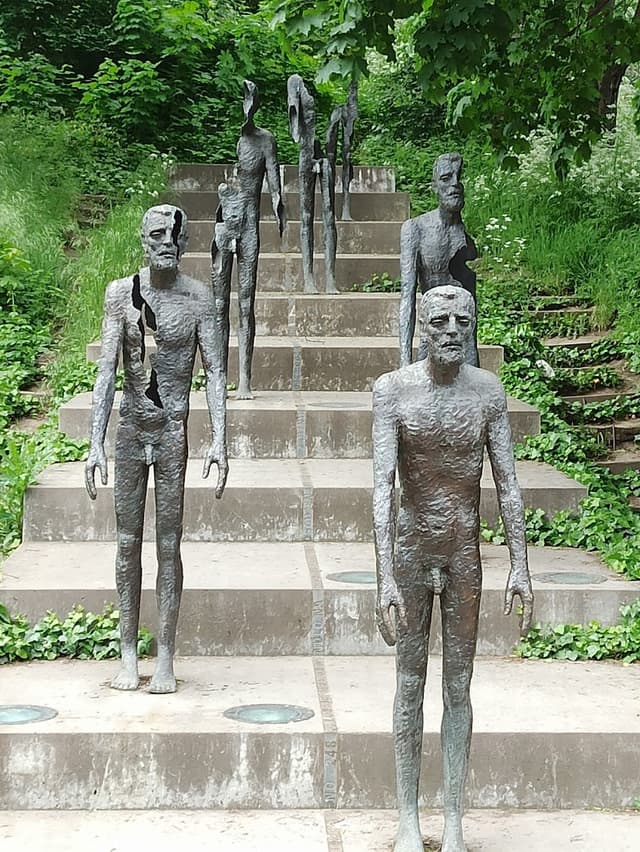
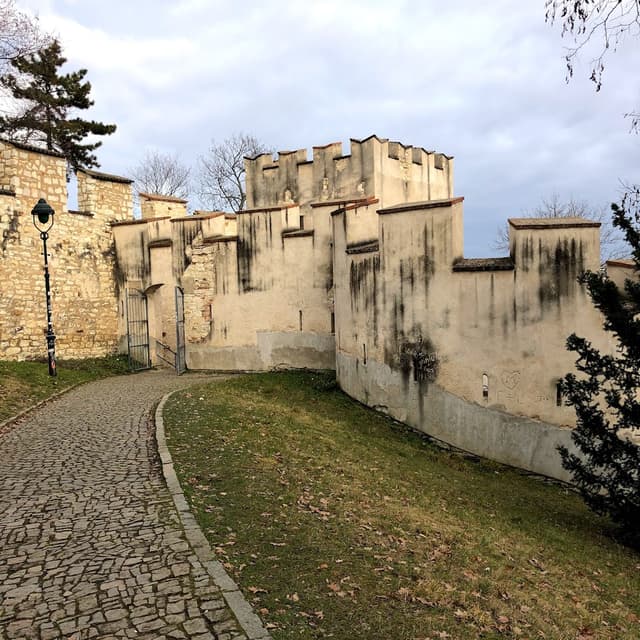
Welcome to the bottom of Petřín hill. From here, you have the option to either embark on a leisurely uphill stroll or opt for a ride aboard the local funicular.
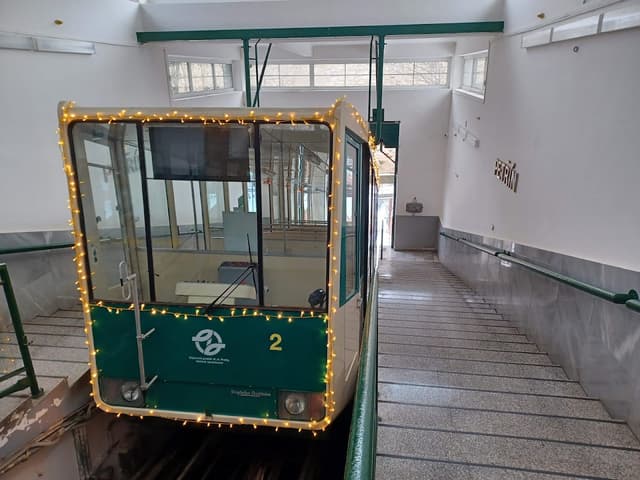
The Petřín Gardens (Petřínské sady) are spread across a steep slope and crisscrossed with pathways, sometimes complemented by staircases. The funicular runs through the park with an intermediate station near the Nebozízek restaurant. Among others the park includes the Chapel of the Infant Jesus, two fountains, several statues and monuments: primarily the Monument to Karel Hynek Mácha (by Josef Václav Myslbek from 1910 to 1912), as well as those of Vítězslav Novák, Vojta Náprstek, Jan Neruda, and Ferdinand Laub.
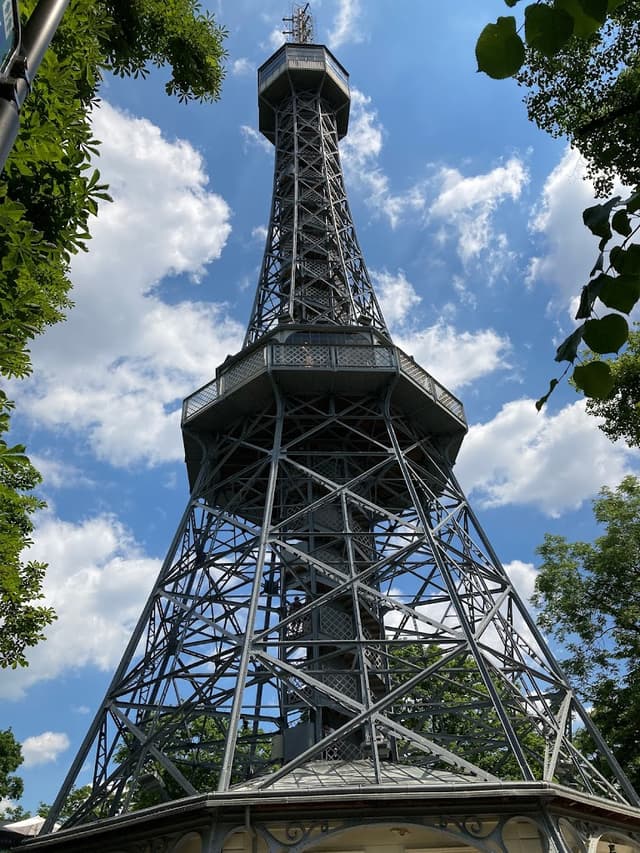
Through the Petřín Gardens, primarily utilized for strolls, relaxation, and sports during warmer months, you can walk to the top of Petřín, where you'll find the Petřín Lookout Tower, also known as the "Prague Eiffel Tower," offering a magnificent view of the city.

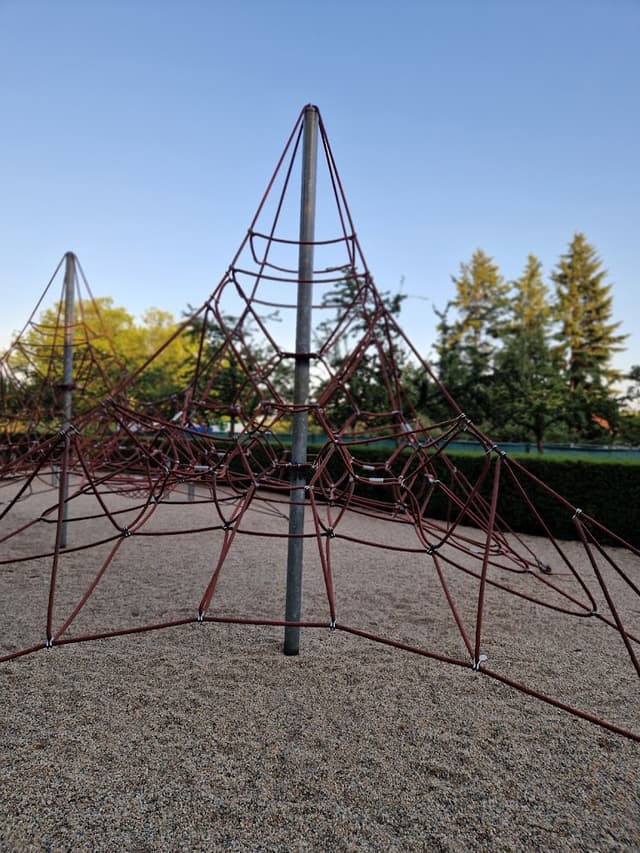
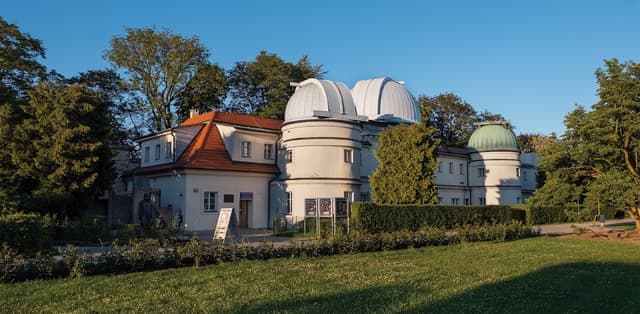
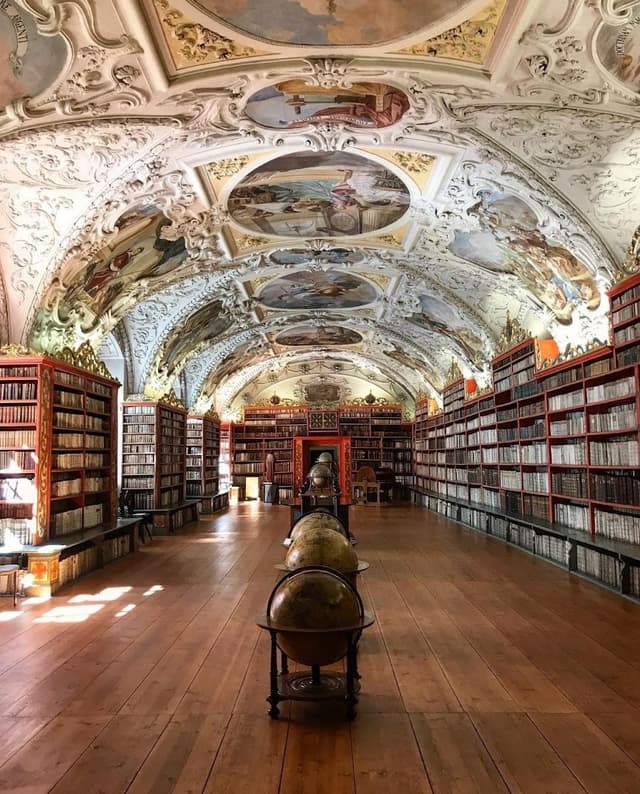
This beautiful gem can be reached within just a 15-minute walk through the forest path. The Strahov Monastery (Strahovský klášter) was established in 1143 by Jindřich Zdík, Bishop John of Prague, and Vladislaus II, Duke of Bohemia.
Once more, I think this itinerary offers more than enough for a day, especially if you're with kids. Returning from Petřín, I suggest using the funicular again. Alternatively, if you opt to visit the monastery, you can take tram number 22 (heading to Nádraží Strašnice or Nádraží Hostivař) to reach Malostranská metro station (Line A) or continue further into the city center.
Day 3
Shop & Explore: Pařížská, Josefov, Náměstí Republiky, Letná
On our final day of exploring Prague, let's opt for a more leisurely pace. Let me show you a nice itinerary featuring a city stroll, a spot of shopping, and culminating in breathtaking views of the Vltava River and the city. Today's starting point is Staroměstská metro station (Line A).

Heading to the Pařížská street (rue de Paris) connecting Old Town Square and Josefov. Long-term, it has been one of the most expensive streets in Central and Eastern Europe.
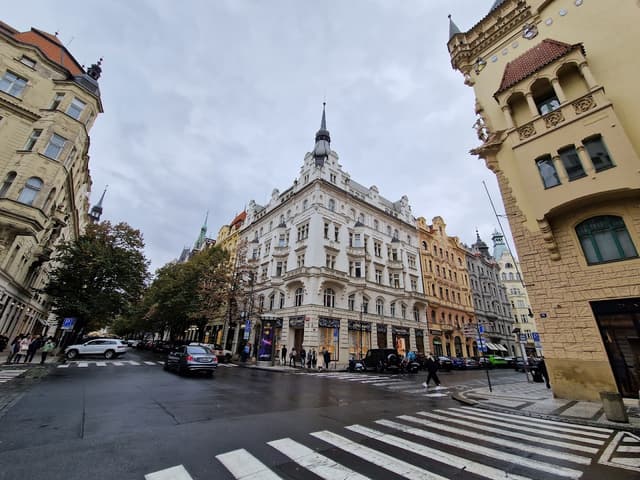
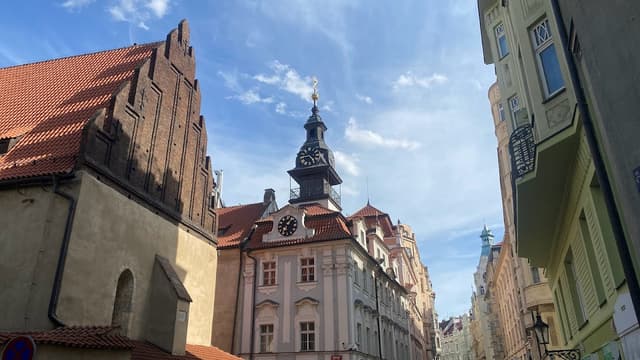
Since the Middle Ages, this area used to be the Jewish Quarter (ghetto), which transformed into a impoverished neighborhood after its abolition in the mid-19th century. As part of the Prague revitalization, it was demolished and replaced with new buildings. Only the most significant Jewish landmarks were preserved, such as the Old-New Synagogue, some other synagogues, the old cemetery, and the town hall. The original cadastral area of Josefov, existing until 1944, consisted of two separate enclaves – the larger western and the smaller eastern.

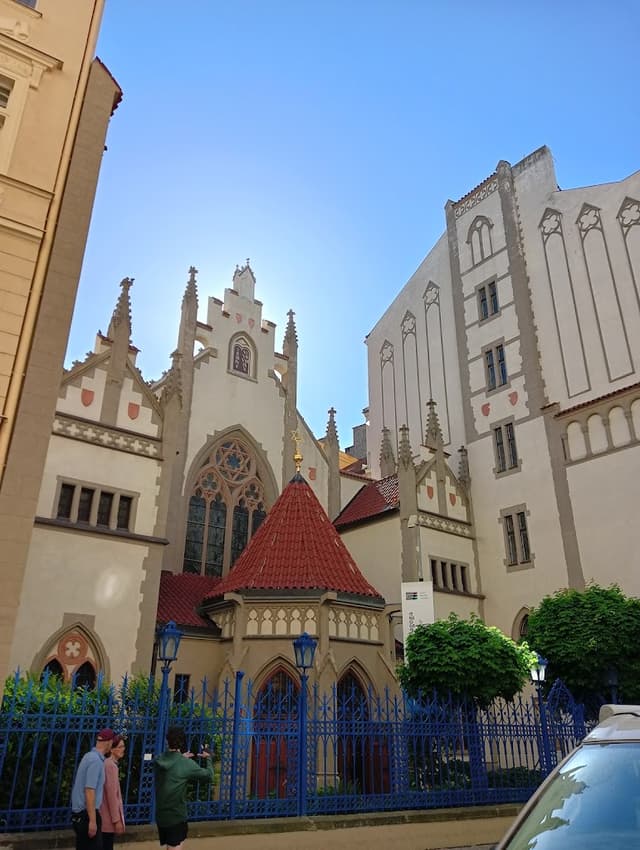
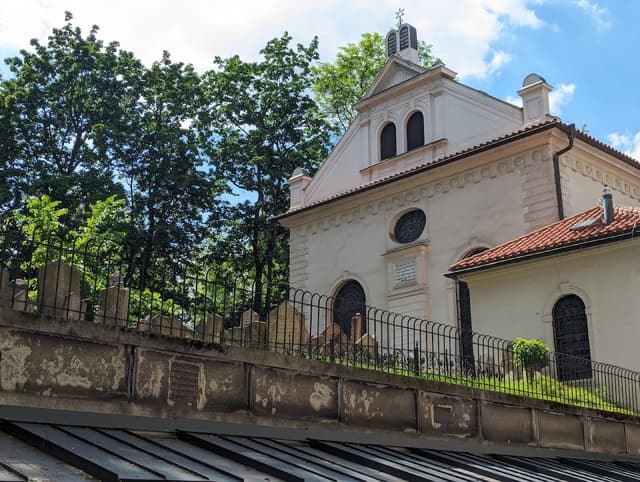
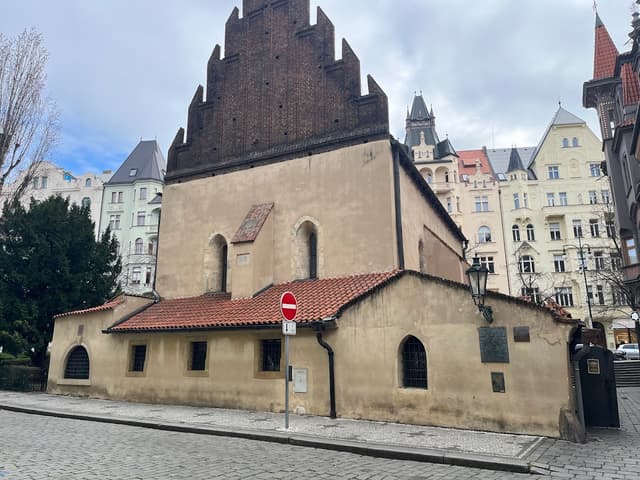
Moving further by a short walk through Old Town square and Na Příkopě street to Náměstí Republiky.
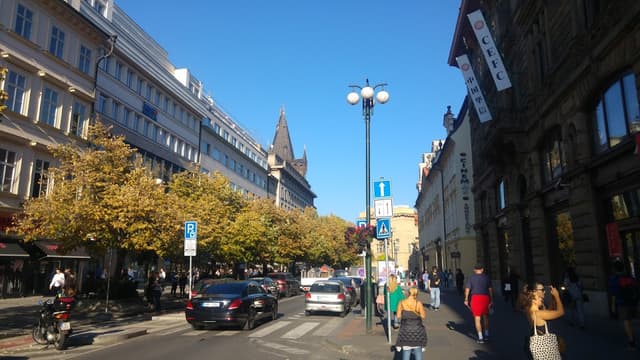

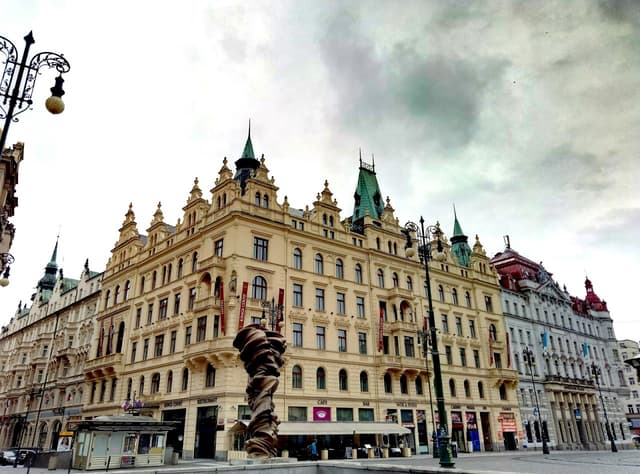
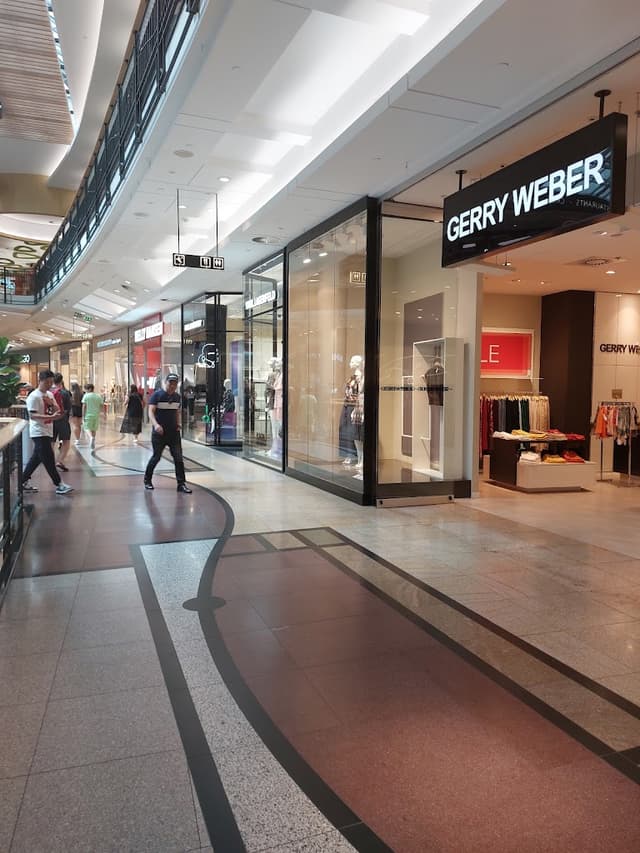
After shopping, we'll catch tram number 8 (direction Nádraží Podbaba) to get to Sparta tram station at Letná.

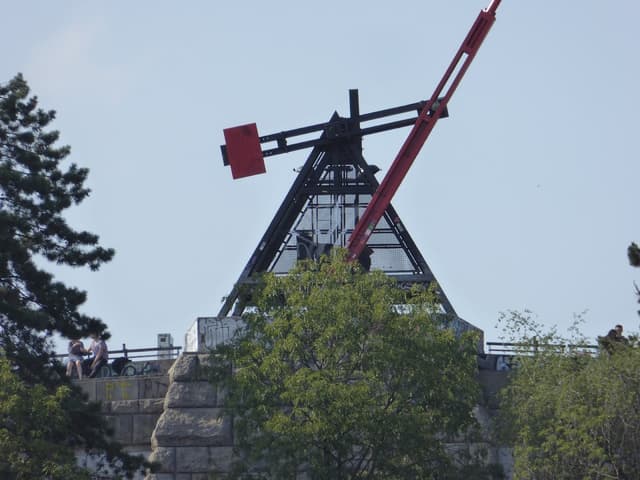
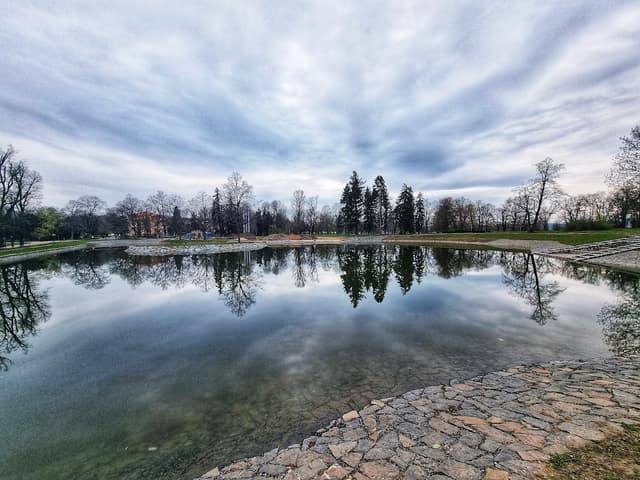
The nearest means of transport are trams at the top and bottom of the Letná hill.
FINAL TIPS:
✔️ In Czechia, the power plugs and sockets are of type C and E, with a standard voltage of 230 V and a frequency of 50 Hz (the European type).
✔️ Tipping in restaurants depends on your satisfaction with presented food and service, and it is not included in the price.
✔️Czechs appreciate politeness and punctuality. It's polite to greet with "Dobrý den" (Good day) and say "prosím" (please) and "děkuji" (thank you).
✔️The Czech Republic has good healthcare standards. EU citizens should carry their European Health Insurance Card (EHIC). It's recommended to have travel insurance that covers medical expenses, trip cancellation, and theft.
✔️Tap water is safe for drink, tastes great and is widely available in restaurants, cafes, and public places. You can also ask for a glass of tap water without any issues.
Enjoy!💖
You're in for an amazing Prague experience! Don't forget to ➡️subscribe and save this guide for next time! It won't cost you anything, but it will make me very happy and help the algorithm rank my name higher on the list.
You can also follow me on Instagram at @mag__mat or mention me at your story or feed in case you liked this guide. Can't wait to see your travel photos!
Other Guides
Curious about exploring more?
In case that thoughts like these came to your mind after reading this guide:
➡️ This is informative, but it's not exactly aligned with my travel goals.
➡️ I wanna see more! Maybe another city too!
➡️ Nice guide, but I'd rather not handle the hassle of arranging hotels, transportation, tickets to attractions, and more.
I've got you covered with my other services!
The home for unique & authentic travel


